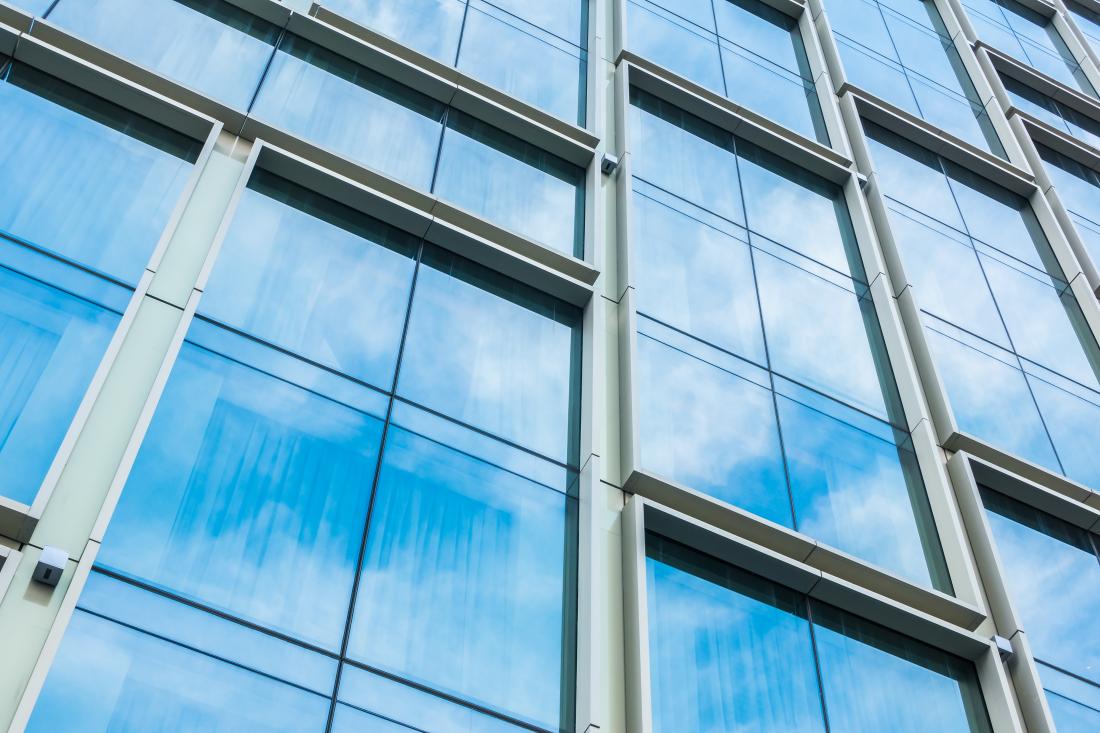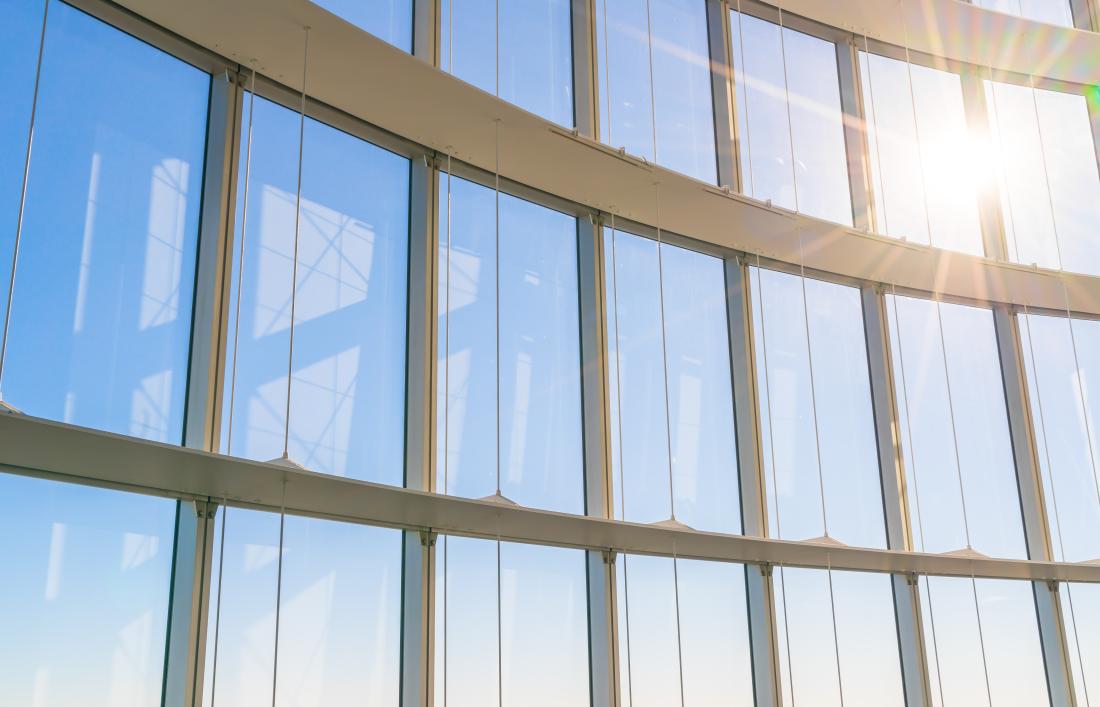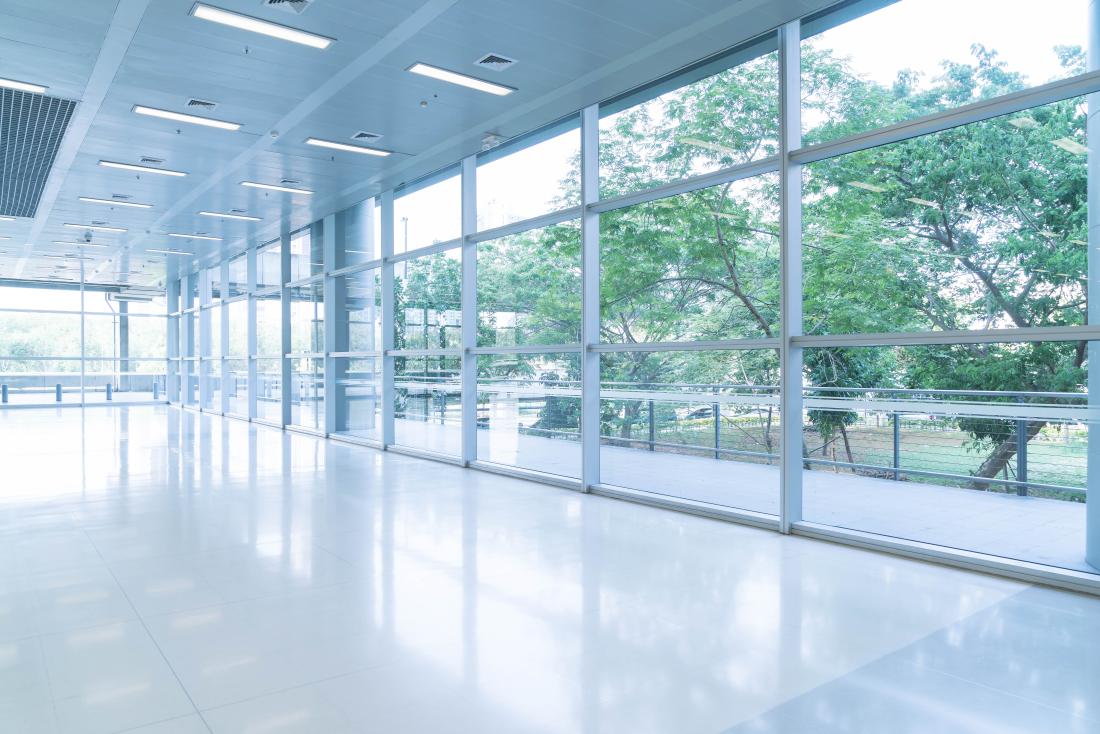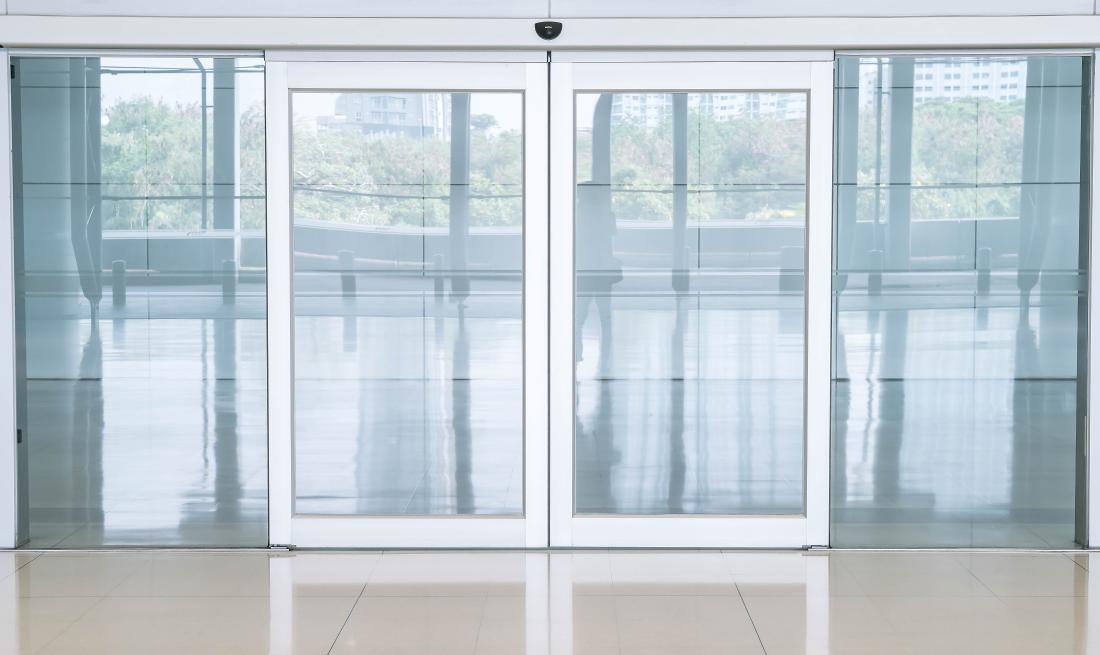Tempered Glass
Tempered Glass Enhancing Safety and Durability in Modern Technology
Jul 31 2023
Tempered glass is a remarkable material that has revolutionized the safety and durability of various applications in today's world. Also known as toughened glass, it is created through a unique thermal and chemical treatment process that enhances its strength and resistance to impact. As a result, tempered glass has found widespread use in industries such as architecture, automotive, electronics, and consumer products. This article delves into the fascinating world of tempered glass, exploring its production process, key properties, and diverse applications.
The production of tempered glass involves a meticulous process that transforms regular annealed glass into a robust and durable material. The first step involves cutting the glass into the desired shape and size. Afterward, the glass is thoroughly cleaned to remove any impurities and contaminants. Next comes the critical step known as tempering.
Tempering is achieved through controlled heating and rapid cooling. The glass is heated to extremely high temperatures, nearing its softening point. Then, it is swiftly cooled using jets of air. This process creates internal tension within the glass, compressing its surface while keeping its core under tension. As a result, tempered glass becomes significantly stronger and more resistant to external forces.
The Production Process
The production of tempered glass involves a meticulous process that transforms regular annealed glass into a robust and durable material. The first step involves cutting the glass into the desired shape and size. Afterward, the glass is thoroughly cleaned to remove any impurities and contaminants. Next comes the critical step known as tempering.
Tempering is achieved through controlled heating and rapid cooling. The glass is heated to extremely high temperatures, nearing its softening point. Then, it is swiftly cooled using jets of air. This process creates internal tension within the glass, compressing its surface while keeping its core under tension. As a result, tempered glass becomes significantly stronger and more resistant to external forces.
Key Properties of Tempered Glass
Strength: Tempered glass is much stronger than regular glass, with about four to five times the tensile strength. This property makes it highly resistant to breaking or shattering upon impact. When tempered glass does break, it does so into small, granular pieces with rounded edges, reducing the risk of severe injuries.
Safety: One of the primary reasons for using tempered glass in various applications is its safety features. In case of breakage, it crumbles into small, harmless pieces rather than large, sharp shards, which is especially critical in architectural applications, automotive windows, and consumer electronics.
Thermal resistance: Tempered glass can withstand higher temperature differentials compared to regular glass. This thermal resistance makes it suitable for use in applications where exposure to extreme heat and cold is common, such as oven doors, fireplace screens, and certain industrial settings.
Scratch and abrasion resistance: The tempering process also provides tempered glass with enhanced scratch and abrasion resistance. This feature is particularly beneficial in high-traffic areas, electronic devices with touchscreens, and other applications prone to wear and tear.
Applications of Tempered Glass
Architectural: Tempered glass is extensively used in modern architecture, especially in windows, doors, facades, and glass balustrades. Its strength and safety features make it a preferred choice in skyscrapers, commercial buildings, and residential properties.
Automotive: Tempered glass is a vital component of automobile safety. It is commonly used in car windshields, side windows, and rear windows. In the event of an accident, tempered glass reduces the risk of injuries caused by shattered glass.
Electronics: The popularity of tempered glass screen protectors for smartphones, tablets, and laptops has surged due to their ability to safeguard delicate screens from scratches and impacts. Additionally, tempered glass is used in the manufacturing of touch panels and LCD displays.
Furniture and Home Décor: Tempered glass is utilized in various furniture items such as coffee tables, shelves, and cabinet doors. Its resilience ensures that these pieces can withstand daily use while adding a touch of elegance to interior design.
Tempered glass has undoubtedly become an indispensable part of modern technology and everyday life. Its exceptional strength, safety features, and versatility have made it a preferred material across numerous industries. From architectural marvels to handheld electronic devices, tempered glass continues to enhance safety and durability while providing a clear view into the future of glass technology. As innovation progresses, we can anticipate even more exciting applications and advancements in the realm of tempered glass.
Photo Credit: Media from Freepik.com
Photo Credit: Media from Freepik.com



